SolidWorks' shape-changing array
Friends who have used SolidWorks software should know that array functions in SolidWorks are very powerful, including: linear arrays, circular arrays, curve-driven arrays, sketch-driven arrays, table-driven arrays, filled arrays, and mirrors. The array approach provides designers with a very convenient tool. Here I would like to introduce you to a relatively special array method, which is a conformal array in a linear array.
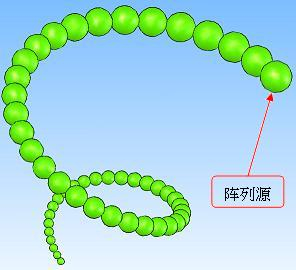
Figure 1 Example of changes with the shape
(1) Linear array with hexagonal resection along with vortex lines
(2) Ball with spiral cone diameter linear array
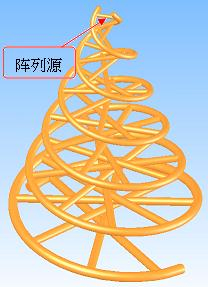
Figure 2 Array source with shape change array
(3) spiral cone diameter linear linear array
Allow me to use a simple example to illustrate the basic characteristics of the conformal changes in a linear array. In Figure 2 we can see that the linear arrays obtained from the left array source are regularly shaped with a certain shape. Varying, the features of the array are always at a distance from the sides of the substrate.
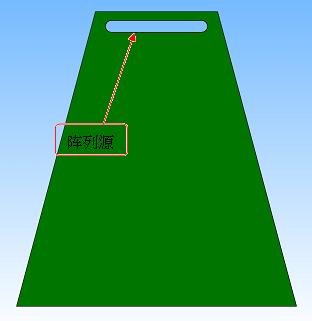
Figure 3 sketch
Let's take a look at how to implement the array with the shape change.
First, the array source feature is established. What is different from the general feature is that it needs to be (as shown in Figure 3): 1. Determine the "shape" of the feature as it changes, that is, the boundary of its change, and define the feature. The geometric relationship between the sketch and the boundary. 2. A general linear array is defined by some reference axes or edges, but the array needs a linear dimension as the reference direction of the array, which is special.
Click on the linear array and select the size of the icon in the direction selection box as the direction. We can observe that in the options of the linear array, the “change with shape†option displays the optional state (only the reference of the array direction is Size will display optional), then select it, the array spacing is 1.00in, the number of arrays is 10. In the design number, select the features of the array to be the previously established stretch cut features, and finally click OK. It's finished.

Figure 4 Array operation with the shape change
From Fig. 5, we can observe that in the direction of the array, the distance between the side edges of the substrate in each of the cut positions of the array is regularly added according to the dimension of the defined direction of 0.25 in and the spacing of the array by 1.00 in. And the distance of each cut to the side edges is always 0.45in, maintaining the "shape" in the shape change.
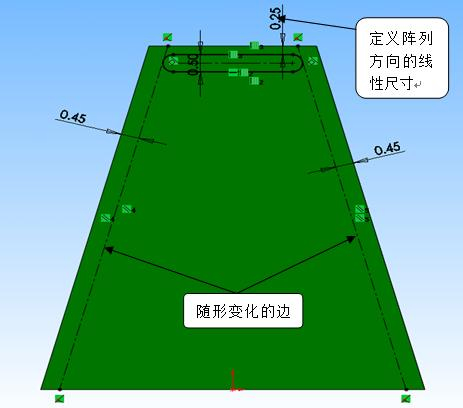
Figure 5 Results of the array
Then a simple array of conformal changes is completed. Let's take a look at a slightly more complex array of conformal changes. As shown in FIG. 6, it is a linear linear array of snail lines, the array is linearly arranged in a snail line, and the height of the array is equally increased.
Array source
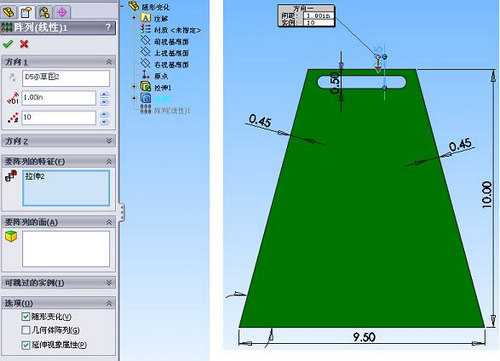
Figure 6 snail linear linear array
When creating an array source with this shape-changing array, the sketch needs some drawing skills. In addition to the center of the volute, you need to determine its initial position. Here, you can use a circular arc with a length of 40mm. To define its initial position. Because the shape-changing array only uses the linear dimension as the defined direction, it is necessary to use the numerical connection to link the initial position size with a linear dimension. When the array is used, the linear dimension can be used to define the direction (as shown in Figure 7). .
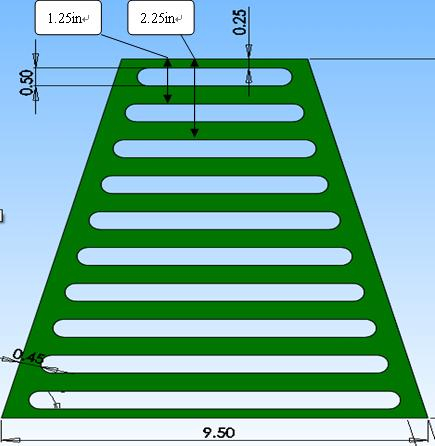
Figure 7 Sketch of the array source
In order to change the height of the array source, you also need to add a value connection to its feature size so that its height changes with the set spacing.
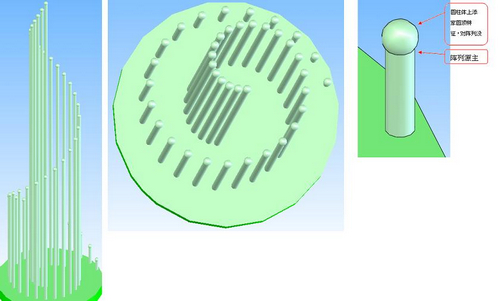
Figure 8 Array source feature size adds a value link
As shown in Fig. 8, the spacing is 8, which means that each entity in the array has an arc length interval of 8, and the number of arrays is 40. The direction is a linear dimension with a numerical connection in the sketch, and the hook is selected to change with the shape. And then click OK and it's done.

Figure 9 volute linear linear array operation
The shape-changing array is very clever and flexible to use. It is simple and complicated. It can be completed in a few steps. The complex needs to be considered a little more. For example, the above example volute linear conformity The array, the establishment of the snail line, the initial position of the array source and the spacing of the array have a close relationship. In the use, the designer still needs to consider more. It can be seen that the SolidWorks' shape-changing array is quite rigorous and powerful in geometric relationship. Operational. In addition, in terms of the curve-driven array, it also has a function of changing shape, so it will be left to share with you later.

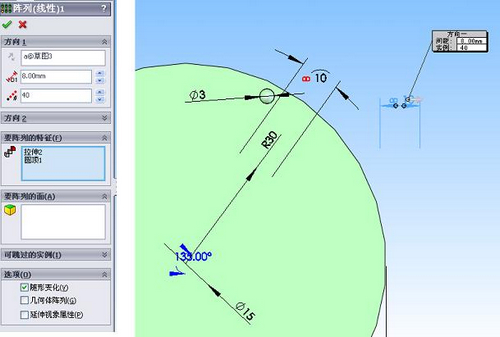
Steel Retractable Tape Measure
Steel Retractable Tape Measure,2M Height Stature Meter,5M Measuring Tape,Nylon Coated Tape Measure
Yucheng Weisite Measuring Tools Co., Ltd , https://www.wsttools.com